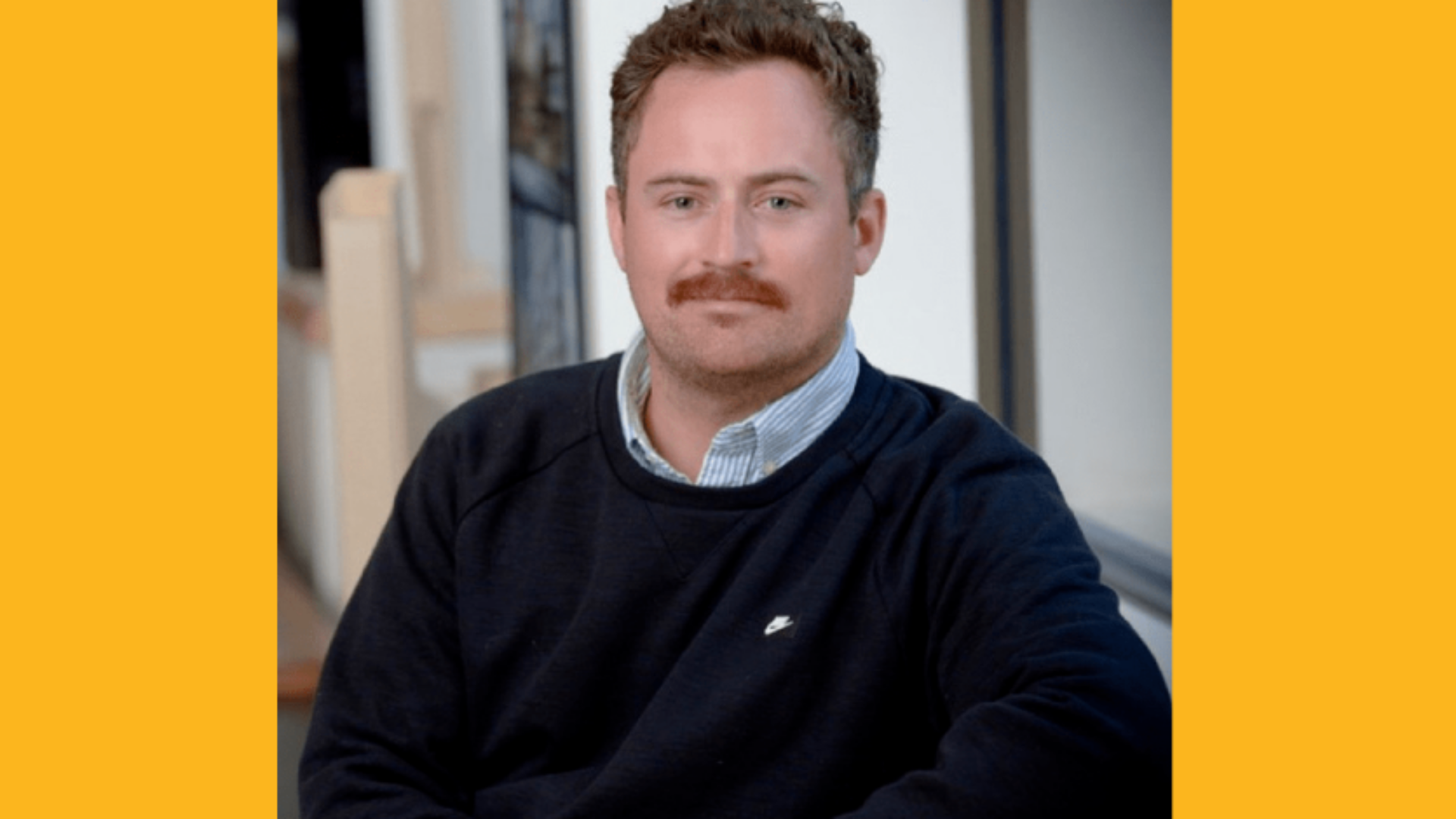Hello and a Sustainability Message from new SEGD Seattle Co-Chair, Peter Muller

Read Time: 3 minutes
Hello SEGD community and thank you so much for welcoming me into my new role as Co-Chair for the Seattle chapter, alongside and in partnership with such a talented and intelligent cohort of design professionals. I am so excited for the opportunity to further SEGD’s mission to educate, inspire, and connect with the local multidisciplinary community of designers here in the Pacific Northwest. In honor of Earth Day this year, and as a way to help introduce myself to you all, I wanted to share a little bit about how our firm, Gensler, and specifically its Brand (EGD & Signage) practice area, has been assembling, planning, and designing for a resilient, carbon-free future in the face of today’s climate crisis.
At Gensler we know that addressing the climate crisis requires dynamic solutions. It requires collaboration, partnerships, and integration amongst the many facets of the design process. We’ve embedded this philosophy into our firm’s five synergy lenses – experience, purpose, realization, management, and resilience. It means designing for an entire ecosystem of cause and effect and addressing the full life cycle impacts of our projects’ embodied and operational carbon footprints, from cradle to grave. It truly is a circular economy.
In 2015 at the COP21 conference in Paris, Gensler joined governments and private corporations in signing the Paris Pledge for Action, and our goal is to get every project we design to net-zero carbon emissions as quickly as possible. We cannot ignore how much our industry contributes to the greenhouse gas emissions that further the rate at which climate change occurs. According to U.S. Energy Information Administration, 49% of U.S. energy consumption is associated with the built environment. While 35% of that is attributed to operating energy, or the impact of using buildings, 14% of that figure is tied to embodied energy, or the impact of making buildings. And this is where we see so much opportunity for experiential graphic designers to make an impact: in the materials we specify.
We recently designed a tool that enables our practice area to select better materials. By gathering EPDs (Environmental Product Declarations) for an array of materials we most commonly specify, we’re able to extract Green House Gas (GHG) emission data and make real-time decisions that lower the embodied carbon footprint in our projects. We think global and act local. We prioritize products that are FSC certified, Red List Free, and have recycled content. We challenge our teams, clients, and partners to redefine “what good looks like”, and have candid conversations about material origin, performance, cost, and quality. We make sure we are specifying the right type and amount of the appropriate product for each project. We are adaptively reusing concepts and reclaiming existing building materials. We are designing for diversity, equity, and inclusion. We are designing for human-scale, occupant comfort and well-being, and seizing every opportunity to bring the outdoors inside, and encouraging people who are inside to get up and go outside.
This all comes through in our messaging, our storytelling, our graphic language, and our design intent. We know that experiential graphic design has the power to inspire, inform, and influence greater change at massive scales. It is our responsibility to leverage our platform as designers to empower those around us to carry their torch, too, in the ways that they’re able. Where there is a will there is a way, and at Gensler, we are doing everything in our power to learn, grow, do better, and design smarter for ourselves and the generations that follow us, and for the greater good of everything that inhabits our beautiful planet Earth.